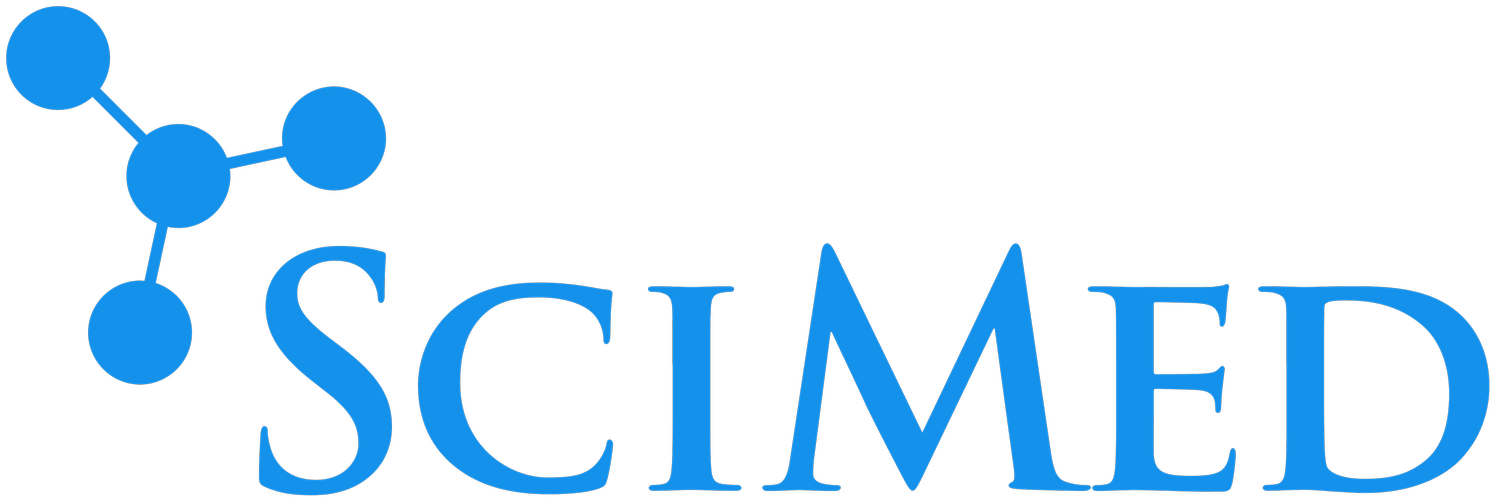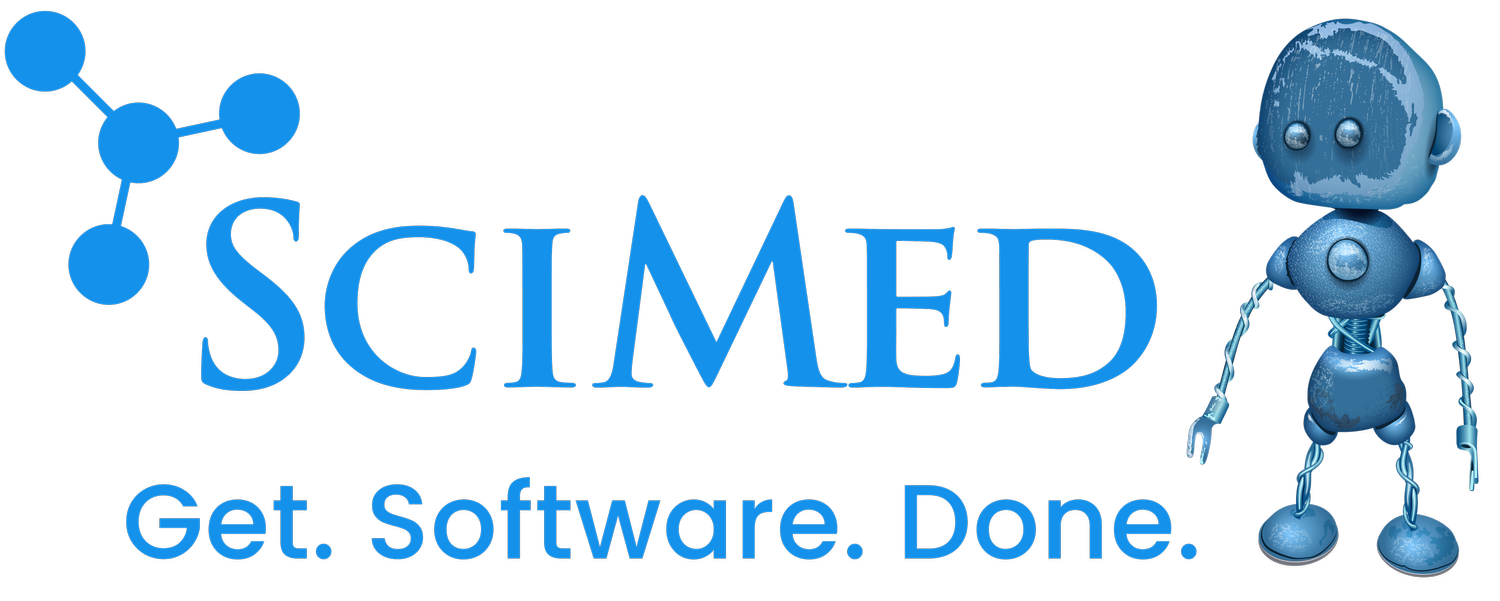Curvita
Overview
SciMed created Curvita™ in collaboration with the University of North Carolina at Chapel Hill's Office of Research Information Systems. UNC is one of the nation's leading research universities. With Curvita™, the university has increased the availability of CV data, decreased the time required to maintain this data, greatly streamlined its ability to generate grant applications, and made it possible to demonstrate its research strengths to both funders and the public.
Challenges
The University of North Carolina at Chapel Hill is one of the nation's leading research institutions. As such, it expends significant resources each year in the process of applying for research grants, conducting research, and sharing its results with a wider audience. In an effort to improve the university's effectiveness, the University's Office of Research Information Systems recently identified several pain points in the process, including:
The process of generating and assessing faculty CVs and biosketches was extremely inefficient. Preparing a single grant application required numerous individual information requests to faculty and administrative staff. Re-typing, re-formatting, and re-compiling data was a common time sink.
The effort to generate a grant application's "Other Support" document was very time-consuming because the ingredient data was stored in many different databases. Accuracy and completeness were hard to guarantee.
Information requests about faculty research, expertise, publications, etc. were often unfulfilled because the data could not be retrieved quickly or accurately without great effort.
Our approach
The Curvita™ project was originally conceived as a collaboration between SciMed and the University of North Carolina's Office of Research Information Systems (ORIS). ORIS sought to improve the process for biosketch management and training grant applications at the University of North Carolina at Chapel Hill, and they needed a software developer that could grasp the demands of a major research university. SciMed—seeing the important opportunity—engaged with ORIS to create a system that could work first at UNC-Chapel Hill and then at hundreds of research universities around the United States and abroad.
The Curvita™ project began with an intensive series of SciMed interviews with UNC faculty. UNC's Associate Vice Chancellor for Research, Andy Johns, describes the projects' start:
SciMed staff held countless interviews with our subject experts to learn our internal processes and what we need. Each interview was a kind of interrogation about the grant application process or anything else - we'd start from the beginning , talk about how each particular process worked and what data was needed and which staff touched each part, and all the things that would possibly be needed. It was a big investment of time for our faculty, but they were willing to do it because (a) the work was going to address their pain points and (b) it was evident that SciMed was going to be a good partner that could deliver. Early on, it became very clear that SciMed cared and would take the time to understand what we needed. That added to our excitement, as our faculty saw that "Yes, SciMed is listening - they understand what we need and they are going to actually produce something that's meaningful."
Managing CVs and biosketches was one of the first tasks to be addressed by Curvita™. SciMed created an easy interface that allowed researchers or their administrative staff to enter and edit faculty data. With these modules in place, SciMed then added a robust engine for searching and aggregating that data and an intuitive interface for presenting the data in formats appropriate for any use, whether it be grant submissions, tenure reviews, job applications, or public-facing websites. At this point, Curvita™ delivered its second major benefit: speed and efficiency for grant applications. According to Johns:
Grant applications are mostly prepared by administrative help, but the information that they need has historically been written, updated and controlled by researchers who might keep that data in multiple locations on their C: drives. Getting that data often meant repeated emails or phone requests in a process that was always inefficient, and often very slow. Now, Curvita™ pulls all that information together in a comprehensive, accurate, and easily searchable database.
With Curvita™, we leverage existing business processes and data to automatically update CVs and biosketches - we no longer spend repeated cycles of time typing in records. And the less time our faculty and staff spend on biosketches and similar documents, the more time they have to spend on more value-added activities like writing the research plan and building a better proposal.
One of the early technical challenges that SciMed faced was the need to integrate data from many different sources. As Johns describes it:
Academic data lives in so many silos - HR keeps the updated lists of faculty and students, faculty write their own CVs and biosketches, the university's grant system keeps track of which faculty are listed on which grants or proposals, and numerous commercial publishing databases such as PubMed or ISI index our faculty's published papers.
As might be expected, each silo has a different method for organizing its information. While some existing software packages attempt to integrate these databases, they either fail to pull data correctly or require a laborious effort. Fortunately, the SciMed and ORIS collaboration provided insights that allowed Curvita™ to manage each data source's idiosyncrasies without introducing errors or requiring constant adjustment. As Johns points out, this is a significant change from what universities are used to:
Curvita™ is at the cutting edge. We are constantly surprising people with what it can do, and how easy it is. For example, most grant applications require an "Other Support" document that summarizes each faculty member's past grants, current grants and several other aspects of their work. The document has been a big pain point for our folks locally because amassing that data and keeping it updated and accurate has been a challenge. Colleagues have recently told us, "It would be nice if we had the ability to generate our Other Support documents electronically." With Curvita™, I can now say, "We do - and here's how." And after they use Curvita™ once, they say "This is incredible. This has saved us so much time."
Beyond CV management and streamlining the grant application process, the third big strength of Curvita™ is its ability to present the university's scholarly accomplishments. In Andy Johns' words:
With Curvita™, we now have the ability to answer complex requests about our faculty's research or publications - whether from the press, from the government, or from our own administration - that would previously have been unfulfilled. In the past, we might have lacked the ability to locate information fast enough to meet a media deadline. Or the search would have required too much effort to justify the request. A department chair recently asked, "Is there any way to get a list of all of our faculty's publications that have been authored in the last five years?" In the past, this question could have only been answered by hand, and slowly. But with Curvita™, a simple query fulfilled the chair's request almost instantly.
After months of development and testing, Curvita™ now provides great benefit to the University of North Carolina at Chapel Hill. In coming months, SciMed and ORIS will make Curvita™ even more powerful and useful, adding search functions that should create more opportunities for faculty collaboration across UNC Chapel Hill and eventually to other campuses and universities as well.
Results
To address many of these data management needs, SciMed Solutions and the University of North Carolina at Chapel Hill collaborated to create Curvita™—a powerful tool for managing faculty research and publication data at large research institutions. The name "Curvita" was taken from curriculum vitae, the Latin term for an academic professional's resume. With Curvita™ now in place:
The process for writing training grants is faster, easier, and more accurate. Faculty CVs, biosketches, publication data, grant histories, and other information can be generated from an easily searchable database.
Researchers can use more of their time to create stronger grant applications because less of their energy is wasted on data-gathering and writing.
The University's research strengths are more visible to grant-making organizations, the media, and other parties. Curvita™ lets the University quickly find and present its faculty's research and publication achievements.


